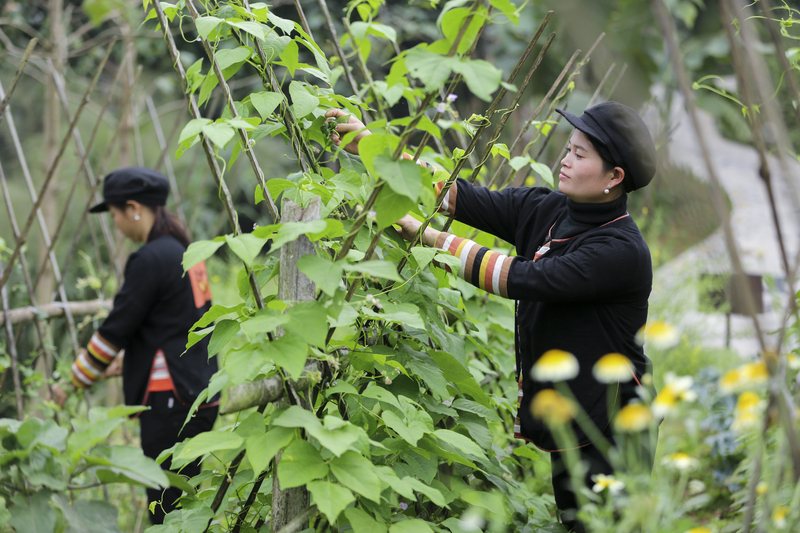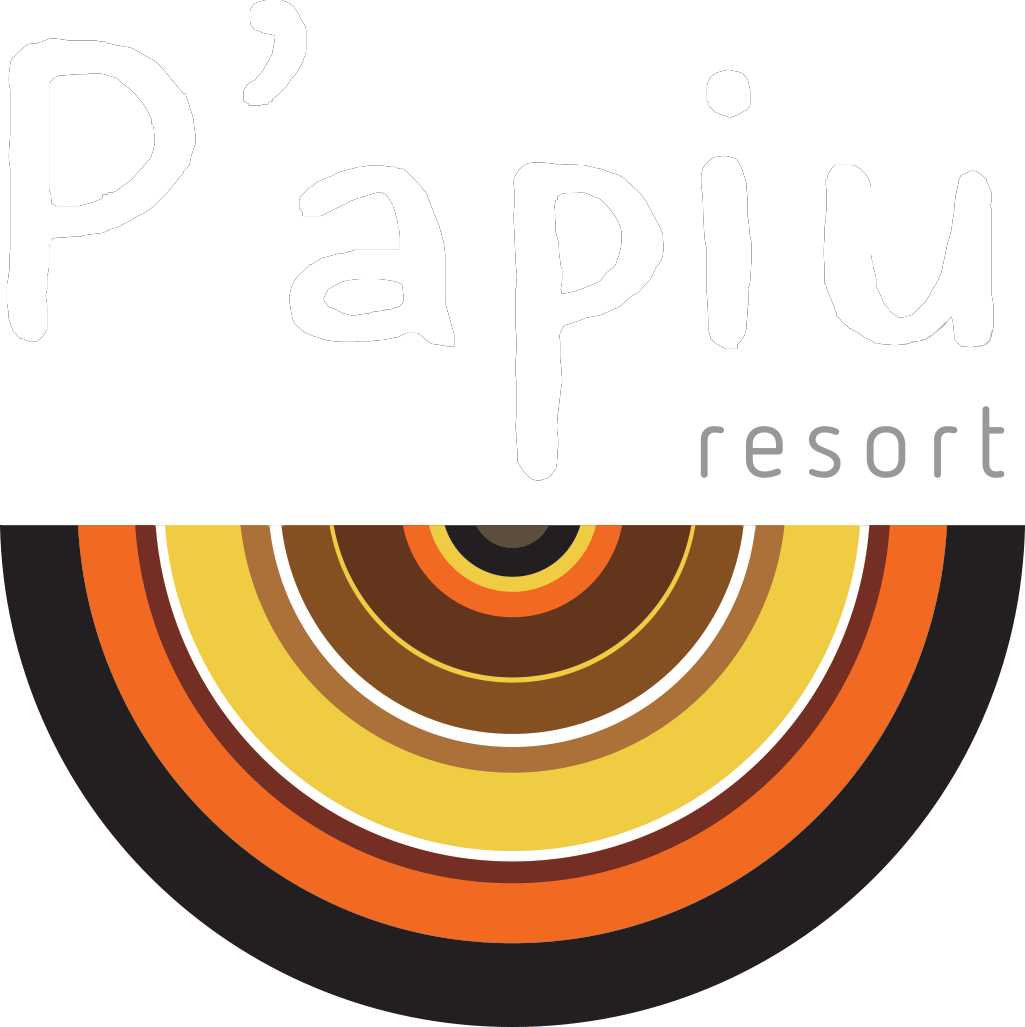HEALTH POLICY – SAFETY INFORMATION & RISK PREVENTION FOR GUESTS AND EMPLOYEES

P’apiu – where you can find love, peace and unforgettable vacation
P’apiu is committed to providing guests and employees with a safe and healthy environment. Our resort strictly adheres to national health and safety regulations. Our obligation, and one of the operating standards here, is to announce this policy to all employees and the representative of P’apiu. To ensure and do better than the above, our resort offers the following:
- All employees are informed about health and safety regulations
- The resort has an emergency rescue team, ready for action in an emergency, e.g. an earthquake
- Our resort has doctors (outside staff) and at least one staff member well trained in first-aid – 24-hour standby in case of an emergency
- P’apiu is an adults-only resort and does not accept children under 18.
- Our staff is trained in the event of an incident, e.g. how to use a fire extinguisher, Fire evacuation, etc.)
- All restricted areas are posted with sign warnings or locked
- We always maintain facilities regularly to prevent problems and cooperate with external partners to ensure safety and security.
- Any routes used in an emergency for evacuation are marked
- All employees have access to medical healthcare
- All employees are expected to fulfill their responsibilities for health and safety as outlined in the resort’s policy.

All employees strictly adhere to the safety policy in every daily work
We expect our employees, guests, and the public to share this commitment by following our policies and procedures. We strive to ensure the health and safety of all involved by:
- Provide, manage and maintain a safe working environment, sports, and leisure facilities, thereby minimizing health risks.
- Provide appropriate facilities and benefits in the workplace.
- Provide, manage and maintain our workplace, land, and property to control health risks.
- Take care of trees and make sure garden tools and other equipment are in good condition.
- Ensure that the use, storage, and transportation of toxic substances are carried out safely.
- Implement work systems that ensure safety and control risks to health.
- Provide specialized agency and necessary resources, including communication and advice, planning, monitoring, and audit procedures to ensure the effective management of the health and safety in the resort.
- Ensure that our employees and contractors are competent and perform risk assessments for all work they control.
- Provide information, guidance, training, and supervision at all levels necessary to ensure that our employees are aware of workplace hazards and take appropriate measures to avoid these dangers.
- Provide complete information about the hazards involved to anyone who may be affected
- Closely monitor our partners for safety.
- Stay up-to-date with health and safety information, and comply with all relevant laws and guidelines from authorities.
- Consult our staff in matters relating to their health and safety.
Our goal is to educate employees on health and safety management consciousness by incorporating basic principles into all duties. Whenever possible, we also include legal information and work standards. To meet the requirement of specialized tasks, employees will need to attend training courses as compulsory.

Resort’s staff attends monthly training workshops
We are committed to continually reviewing and developing our safety management systems with the overarching aim of doing business without any negative impact on the health and safety of any employees, contractors, guests, the local community, or the environment.
All members of the Board of Directors are committed to this safety policy, the implementation, and maintenance of health, safety, and welfare. We expect every member of the company to share this commitment and work together to achieve it.
We evaluate the service quality through customer surveys and feedback from operators and employees in internal meetings.
INFORMATION FOR RISKS PREVENTION
1. GENERAL RECOMMENDATIONS ON ROAD SAFETY
1.1. DRIVER
- Drive carefully, and always follow the signs on the highway.
- Adjust your speed not to exceed the allowed on the road, especially in difficult weather conditions, such as rain, fog, ice, snow, etc.
- Keep a safe distance from the vehicle in front.
- Overtaking: check if there are no other vehicles in front, then start overtaking, estimate whether there is enough time and space to pass, and pay full attention.
- Keep concentrating. Avoid being distracted by other things
- Do not smoke, eat or drink while driving.
- DO NOT USE MOBILE PHONES WHILE DRIVING

- Avoid driving continuously for a long time.
- Do not drink alcohol of any kind.
- Never drive while taking any medicine that you do not know the possible side effects of or do not follow the doctor’s instructions.
- Avoid direct sunlight, which limits the driver’s visibility.
- You should always have the emergency triangle signs to use if your car breaks down and has to park on a cliff.
- Wear a reflective strip vest that can be seen from a distance to avoid being hit by other vehicles.
2. WORKING WITH COMPUTERS
2.1. PREVENT MUSCLE DISORDERS AND OSTEOARTHRITIS
Avoid doing jobs that require unnatural posture or holding any position for a long time, such as sitting cross-legged, holding the phone close to your ear by shoulders, etc.
2.2. DESKS AND CHAIRS
Tables and chairs must be mobile so that the user can adjust to the correct posture and change different ones. For example, you should lean back on the chair to relax or straighten the legs under the table.
2.3. EMPLOYEES’ WORKS
- Adjust the seat height so that the elbows are approximately the height of the desk surface.
- Sit with your back in contact with the back of the chair.
- Learn to adjust the height of the chair back so that its curve corresponds to the lumbar area
- Sometimes, use the chair back tilt mechanism to put less strain on your back.
- Position the keyboard so that there is space to place your hands.
- Create a space on the screen so you can manipulate the mouse while resting your forearm on the table.
- Bring your chair closer to your desk to avoid leaning forward posture.
- Place the screen in front of you or within 120º horizontally.
- Do movements that encourage blood circulation: stretch, roll your neck gently, take a few steps, etc.
- Play sports in your free time or go for a brisk walk for at least half an hour a day.
2.4. COMPUTER SCREEN
Ensure a comfortable distance is at least 40cm away from the computer display to your eyes.
The text should be large enough to see clearly and accurately at the recommended distance. The image must be stable. Position the monitor to avoid glare, and adjust the brightness and contrast on the screen to suit your eyes.
2.5. ACCIDENTS DUE TO CARELESS MOVEMENTS
- We must all work together to keep the workplace clean and tidy. Inform the cleaning staff when there is an area that needs cleaning.
- Remove obstacles (barrels, cables, open doors, etc.) in the path.
- Use ladders and footrests that are in good condition and have anti-slip devices on the base (do not use other objects to poke, reach for documents in high places)
2.6. ELECTRICAL ACCIDENTS
- Do not use broken electrical equipment or plugs in poor condition.
- Do not use electrical appliances with wet hands.
- Avoid placing any items containing liquid on top of electrical appliances.
- Avoid plugging multiple electrical devices into the same outlet. If you want to do that, consult qualified personnel first.
- Inform the head of electrical maintenance staff if there are any problems or abnormalities.
2.7. OTHER ACCIDENTS
- Do not leave the desk drawer open.
- Do not put too many things in the upper drawers of the file cabinet.
- Keep the workplace clean and tidy.

We clean up our villas on a regular basis
2.8. EMERGENCY MEASURES
- Anyone who finds a dangerous situation must report it immediately following instructions in the Emergency Plan.
- You should know the nearest exit and evacuation path in your workplace.
- If you see any objects blocking the evacuation path, the place for the fire extinguisher and electrical control panel, inform the supervisor or the rescue workers.
- It is essential to keep the workspace clean and tidy. We should not store flammable materials in the corners, under shelves, behind doors, etc.
- The power outlet should not be overloaded, as this can present a significant fire hazard, especially if flammable materials are nearby.
- Do not attempt to repair electrical objects or equipment. Let a qualified person do that job.
- If you find anything in poor condition, immediately report your supervisor or the head of facilities maintenance.
